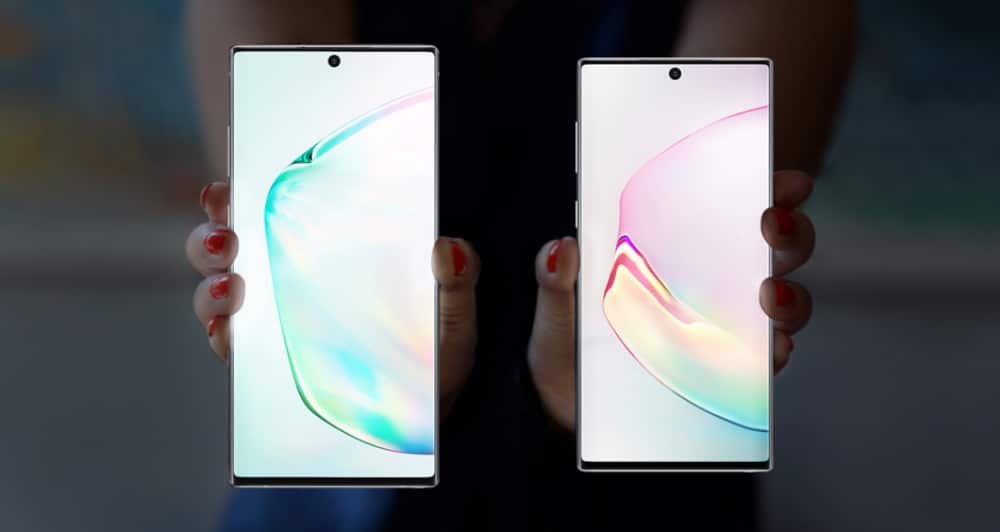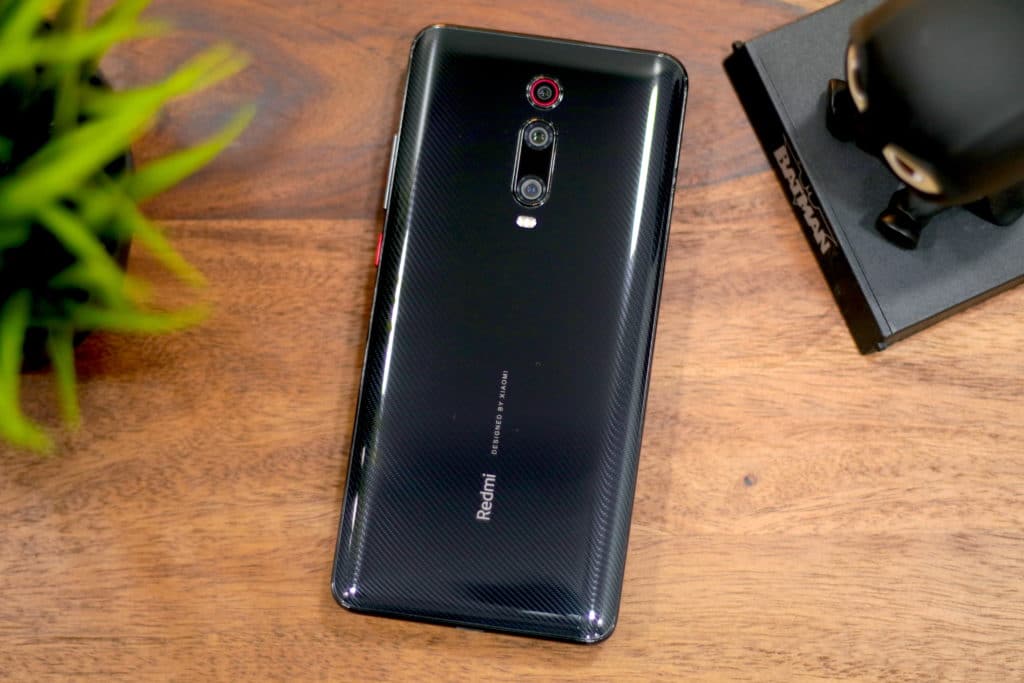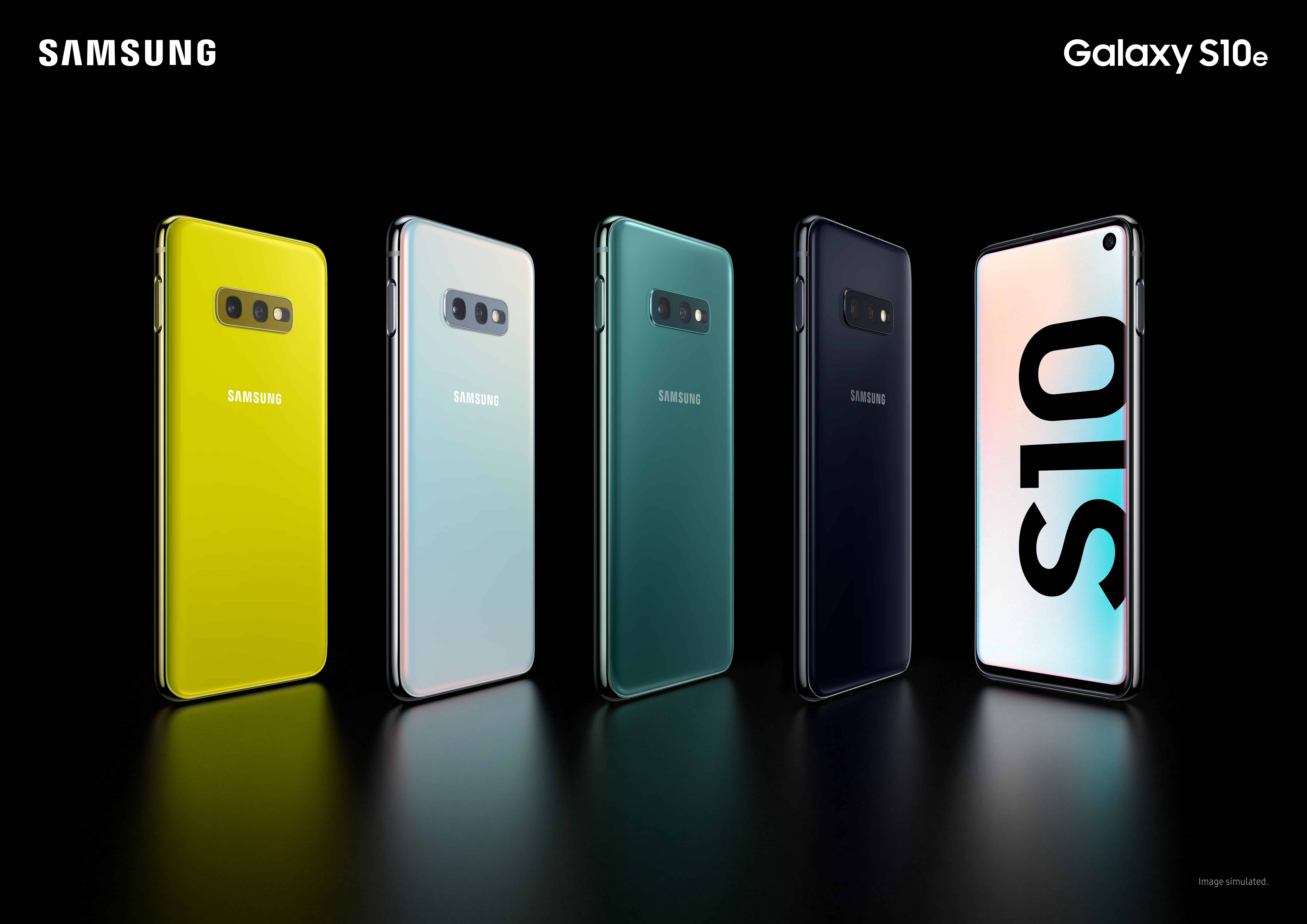
Yesterday, Xiaomi’s new sub-brand, Poco, unveiled its first smartphone in India: the Poco F1. The handset has managed to create quite a stir in the Indian smartphone market with its Rs 20,999 ($300) price tag and the specs it offers which includes a Snapdragon 845 chipset, 6GB RAM, and a massive 4,000mAh battery.
The Poco F1 will take on the mighty OnePlus 6 in India and other mid-range smartphones that are available in India in the Rs 20,000-Rs 30,000 price range. Taking on the OnePlus 6 is no easy feat especially since the company has a loyal fan following in the country. The OnePlus 6 is also the top-selling handset in the premium smartphone market segment in India beating the likes of the iPhone X and the Galaxy S9 which is a testament to just how good it is.
Xiaomi had tried taking on OnePlus before with its Mi Mix and Mi flagship series of handsets in India but failed to meet with considerable success. So, does the Poco F1 changes this? How does the phone compare to the OnePlus 6? Let’s find out in our comparison.
Read: OnePlus 6 Re-Review: I Wish All Phones Were THIS Good!
Poco F1 vs OnePlus 6 Comparison
Where the OnePlus 6 Wins
Design & Build Quality
Poco says that since most users end up using a case with their device, it ultimately does not matter if a phone is made from glass, metal or polycarbonate. And just to please users who want a phone with a more premium material, the company offers the Poco F1 Armoured Edition featuring a kevlar back. The regular variant of the handset features a unibody polycarbonate design which might not feel premium but its definitely rugged and can take a beating.
As for the OnePlus 6, it features an aluminum chassis sandwiched by Gorilla Glass at the front and rear. The build quality of the OnePlus 6 is definitely more premium but then it is also more fragile.

However, even if we remove build quality from the equation, the OnePlus 6 is just a better-looking phone overall than the Poco F1. Despite using a notched LCD panel, the Poco F1’s front is dominated by sizeable bezels. The OnePlus 6 looks far better than the Poco F1 since its OLED display is surrounded by a small chin at the bottom and minimalistic bezels across the other three sides.
It is also important to note that the OnePlus 6 is water-resistant to a certain degree. It lacks an IP certification but one can still use the phone while caught in a downpour. The Poco F1 loses here as it lacks any kind of IP certification or water-resistance.
Camera

The OnePlus 6 and Poco F1 both come with a dual-camera setup at the rear. However, both companies have taken a very different approach. The OnePlus 6 features a 16MP primary shooter with a f/1.7 aperture, 1.12um pixel, and OIS. This is paired with a secondary 20MP non-telephoto sensor that is used for offering hybrid zoom and capturing depth information for portrait photos.
The Poco F1, on the other hand, features a Sony IMX363 12MP f/1.9 aperture shooter with 1.4um large pixels. It lacks OIS but Xiaomi hopes to make up for it with the larger pixel size. It also has Dual Pixel Autofocus for quick AF even in low-light conditions. This is paired with a 5MP secondary sensor used for capturing depth information.
While the camera specs of both phones are impressive, it is the OnePlus 6 which performs impressively in real-life. In daylight, both phones capture photos with plenty of details and great dynamic range. No one is going to complain about the imaging performance of either of the phones for photos taken in daylight. However, in low-light, the lack of OIS on the primary sensor of the Poco F1 shows. The phone ends up taking a lot of blurry photos and the details are smudged as well.
The OnePlus 6 has a superior camera when compared to the Poco F1 — there’s simply no doubt about it. But this does not mean one should dismiss the Poco F1’s shooter. It still has a great camera that is going to be plenty good for a vast majority of users for whom the camera performance of their device is not that important.
- OnePlus 6
- Poco F1
- OnePlus 6
- Poco F1
- OnePlus 6
- Poco F1
Where the Poco F1 Wins
Value for Money

The Poco F1 redefines the meaning of value for money. It is the cheapest phone featuring a Snapdragon 845 chipset and 6GB RAM. It is not just about the chipset as well. Apart from the build, Xiaomi/Poco have not made any major compromises with the F1. It features face unlock which is paired with an infrared blaster at the front to ensure it works properly even in low-light scenarios. Then, it has a dual-camera setup at the back, a massive 4,000mAh battery with Quick Charge 3.0 support, and the usual bevy of sensors and connectivity options.
Even if someone goes for the Armoured edition of the Poco F1 featuring the kevlar back, it will only set them back by Rs 29,999. That’s still cheaper by Rs 5,000 when compared to the base variant of the OnePlus 6 where one will get only 6GB RAM and 64GB of storage space. The F1, in comparison, will come with 256GB storage and 8GB RAM. Sure, it might be overkill but I doubt anyone is going to complain about that.
Speaker
The stereo speaker on the Poco F1 is far better than the bottom firing speaker of the OnePlus 6. The speaker on the latter can be easily muffled while playing games or when the phone is held in portrait mode. However, since the Poco F1 features a stereo speaker setup, there’s no such issue with the handset. In fact when in landscape mode, the handset outputs sound in stereo mode — a feature that’s only found on flagship smartphones like the Galaxy S9, iPhone X etc.
Better Face Unlock
While the OnePlus 6 and Poco F1 both offer face unlock using their front camera, the face unlock implementation on the latter is better. This is because the Poco F1 uses IR sensors at the front to illuminate one’s face in low-light scenario thereby helping the face unlock feature to work better in low-light scenarios. The OnePlus 6 bumps the brightness of its display to illuminate one’s face in such scenario thereby blinding users.
In almost every other aspect not mentioned above including performance, battery life, charging times, and software, the OnePlus 6 and Poco F1 are almost evenly matched. It is only in the aspects mentioned above that there is a huge difference between the two devices which is big enough to sway one’s decision in either of their favor.
Another important point to consider while buying the Poco F1 — particularly the base variant — is its availability. Knowing Xiaomi and the demand for the F1, the base variant of the device is likely going to be in short supply and out of stock for at least a few weeks or even a month or two after its release.

























